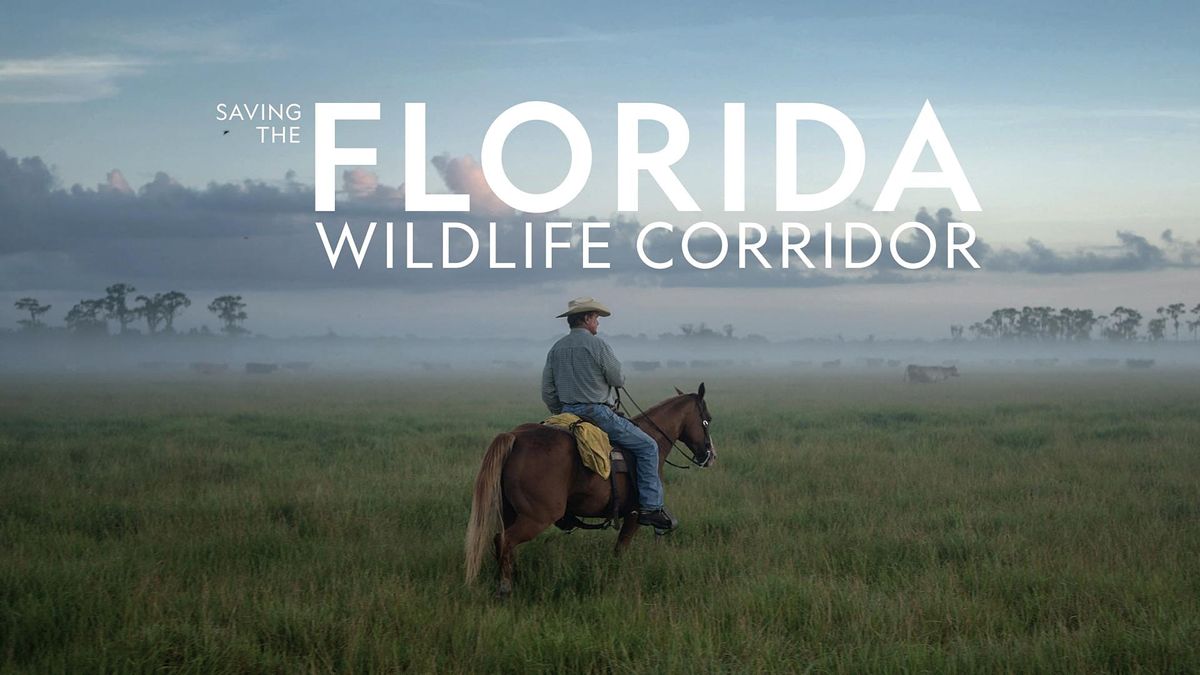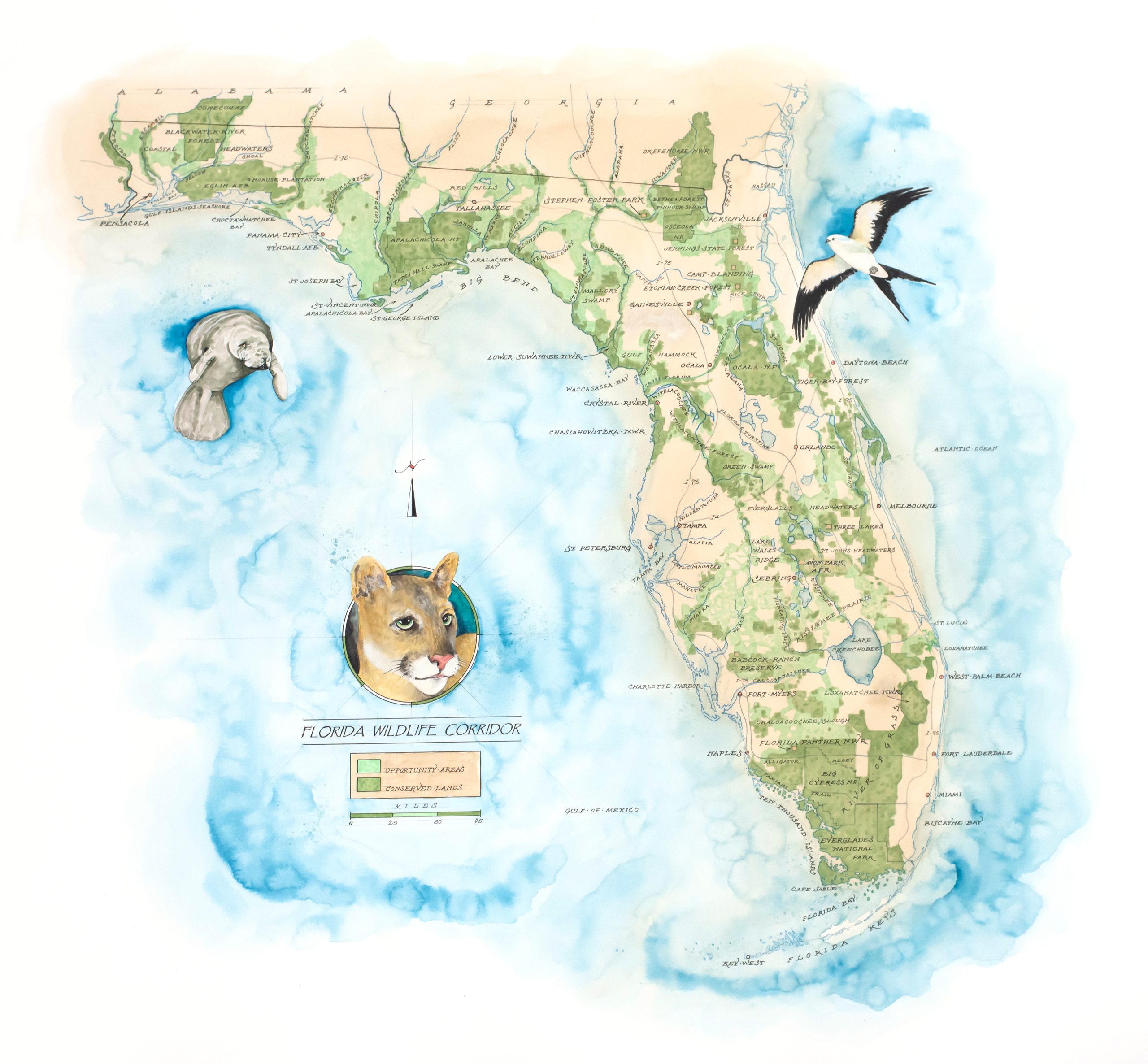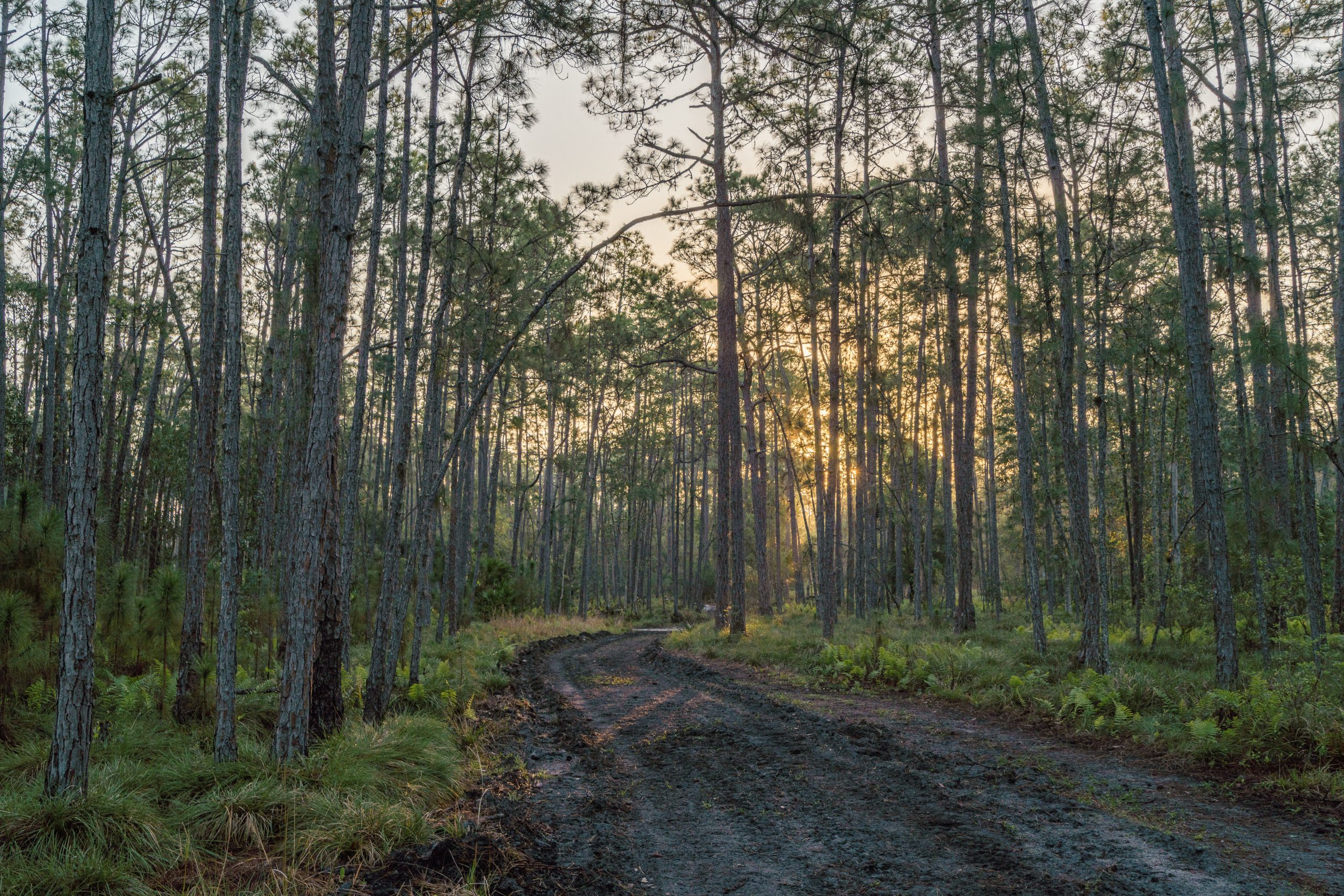Florida Wildlife Corridor
Investing in a statewide network of public and private lands
Do we want to bulldoze and develop what is left beyond the boundaries of our parks and preserves? In Florida, the alternative is protecting the Florida Wildlife Corridor. The corridor is nearly 18 million acres (almost one third of the state), of which 10 million acres are already protected and 8 million acres do not have conservation status. The unprotected land is what we are fighting for. Most of the unprotected gaps in the Corridor are private working lands – ranches, groves, farms and forestry – that are crucial for conservation but all at risk of being lost to development.
In June of 2021, the Florida Wildlife Corridor Act was signed into law with unanimous bipartisan support.
The legislation formally defined the Florida Wildlife Corridor and since inspired more than $800 million in public investment to help protect the state’s vast network of public and private lands which support both wildlife and people. The state investment in the Corridor helps purchase priority conservation lands to expand existing state parks, state forests and wildlife management areas. It also funds conservation easements, which buy the development rights from working farms, ranches and forests to ensure that working lands are conserved.

‘Saving the Florida Wildlife Corridor’, is a short documentary produced by National Geographic and Wildpath. A visual road trip from the north to the south of Florida, this film follows the day-to-day work of Floridians whose livelihoods depend on a healthy, connected ecosystem.
Florida Wildlife Corridor History
In collaboration with Florida’s leading conservation organizations, the Florida Wildlife Corridor project was founded on Earth Day 2010 by Carlton Ward Jr, a conservation photographer and Wildpath Founder, and Dr. Tom Hoctor, wildlife ecologist and Director of the Center for Landscape and Conservation Planning at the University of Florida. The Florida Wildlife Corridor vision was inspired by black bears relying on a patchwork of public preserves and private farms and ranches in the Northern Everglades. The wide-ranging movements of the bears were revealed through GPS collar research led by Dr. David Maehr and his students, including Joseph Guthrie, who now leads carnivore ecology research at Archbold Biological Station. Ward co-founded the Florida Wildlife Corridor Foundation with conservationist and expedition leader, Mallory Dimmitt, in 2012 and Dimmitt served as its first executive director and more recently, the first CEO of the Florida Wildlife Corridor Foundation.
In 2016, Wildpath started the Path of the Panther project with the National Geographic Society to inspire conservation of the Florida Wildlife Corridor. In 2019, with support from the National Geographic Society, Florida Wildlife Corridor Foundation and Archbold Biological Station, we launched a campaign to inspire formal legislative recognition of the Florida Wildlife Corridor and increased public investment in its protection.
The Florida Wildlife Corridor relies on and continues the decades of work by numerous scientists and conservation organizations that determined the need for landscape-scale conservation approaches, and specifically corridors, as a way to address habitat loss and fragmentation across Florida. These decades-long efforts brought into play the right combination of people, need, and opportunity, resulting in arguably the most ambitious landscape conservation plan of any U.S. state.
Investing in rural land conservation will keep the Corridor connected, secure a future for Florida agriculture, and steer new development closer to existing urban cores.
Follow the Wildpath
Sign up for the latest updates from the field and our campaigns.











